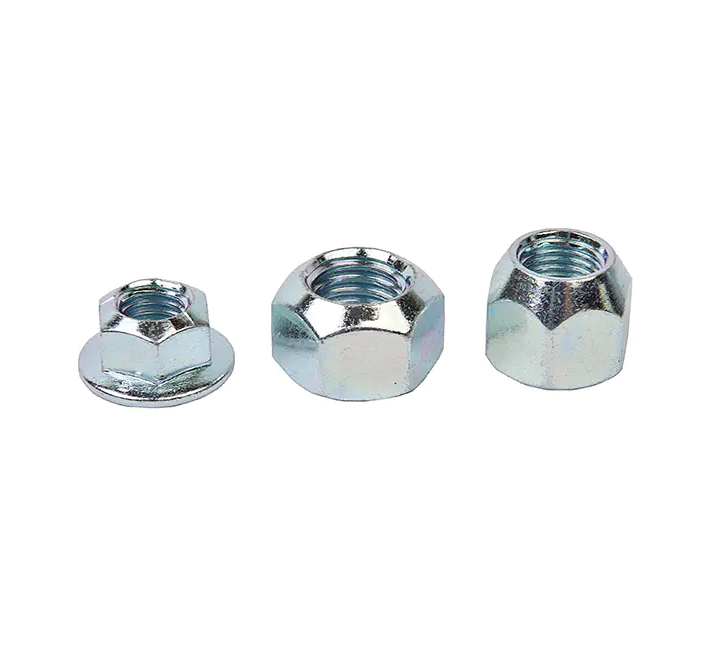Among the many hardware components that support a vehicle’s wheel system, lug nuts remain fundamental. Their simplicity masks the careful engineering behind them. They help maintain structural integrity while supporting the dynamic loads encountered during daily driving.
Lug nuts appear in several configurations, with variations in seat type, thread dimension, and exterior shape. These design elements ensure proper alignment and consistent pressure across the wheel surface. For instance, the conical seat shape directs the nut toward the center of the wheel as it tightens, helping achieve accurate positioning. Spherical or flat seats follow different alignment patterns suited to specific wheel designs. Selecting the correct style helps avoid misalignment that may cause wobbling or irregular tire wear.
Thread compatibility cannot be overlooked. Even minor differences in pitch or diameter can compromise the connection. A cross-threaded lug nut may feel tight initially but will not deliver the necessary holding force and can damage the stud. Once the stud is compromised, the wheel’s reliability diminishes, potentially leading to unsafe conditions. Careful hand-threading before final tightening often prevents such problems.
Torque accuracy remains another important consideration. Although many vehicles provide torque specifications, drivers sometimes underestimate the importance of following these guidelines. Applying excessive force can stretch the stud or distort the nut, while insufficient force may allow it to loosen over time. Both outcomes affect stability, especially during stops and turns. Using a calibrated torque wrench supports consistent fastening and helps preserve the hardware.
Environmental exposure also influences performance. Rust and road contaminants can accumulate on the threads, requiring periodic cleaning. Lug nuts with protective coatings resist corrosion more effectively, but no material is entirely immune to environmental wear. Regular inspection helps detect early signs of damage, such as rounded edges or cracked finishes, allowing timely replacement.
Aesthetic options have grown increasingly popular. Colored anodized finishes, textured surfaces, and unique shapes allow drivers to personalize their wheels. These stylistic choices add character but should not compromise durability or fit. Even decorative finishes must withstand exposure to heat, moisture, and mechanical stress.
Drivers who operate in demanding conditions should pay additional attention to their lug nuts. Off-road environments introduce vibration, mud, and sudden impacts that can loosen hardware more quickly. High-speed driving generates heat cycles that test the material’s stability. Routine rechecking of torque in such conditions helps maintain reliability.
In summary, lug nuts exemplify how small components contribute meaningfully to overall vehicle function. Their design, material, and installation practices determine whether the wheel assembly performs safely and smoothly.

